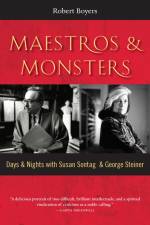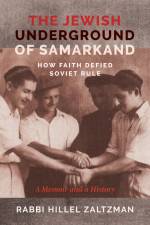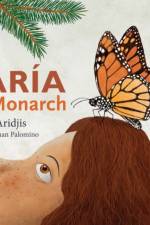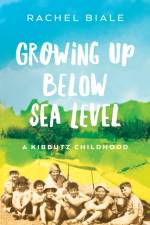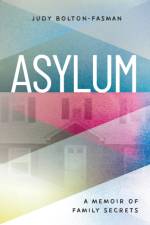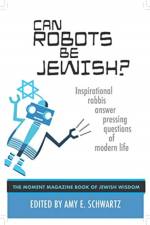av Viliam Klimek
209
It is 1968, the Cold War is raging, and the United States is bogged down fighting the ¿Communists¿ in Vietnam. The Berlin Wall is the symbol of a world cut in half, a punitive wall, isolating the Soviet republics that then formed the USSR. In the spring of 1968, the Czechoslovakian Communist Party experimented with "socialism with a human face"¿known then as the ¿Prague Spring.¿ Suddenly there was freedom of the Press; an end to arbitrary wiretaps; and citizens regained the right to travel without prior authorizations and visas. The borders opened to the West, consumer goods appeared in the stores---and the winds of freedom blew over the country. That summer, Alexander and Anna boarded their Skoda Felicia, a brand-new convertible, to join their daughter Petra in Bratislava, where she had just completed her brilliant medical studies. Tereza, the daughter of a railway worker who survived the concentration camps and a Pravda editor who had long taken in Hungarian refugees from 1956, stayed in a kibbutz in Israel to reconnect with her Jewish culture. Józef, a pastor defrocked for refusing to denounce parishioners to the Party, delivered his first uncensored sermons on the radio. Then, suddenly, on the nights of August 20-21, Soviet tanks invaded Prague to put an end to this brief liberalization experiment. For a few hours, the border with Austria would remain open. Vienna was an hour's train away. Everyone now must make a choice: leave or stay? Fleeing violence or resisting the oppressor? Faced with the invasion of our country by an overmatched foreign power, what would we do? Viliam Klimacek¿s historical novel looks back at these major events in Czechoslovakian history. Celebrating the identity of a people, its folklore, its beauty, and its vitality, he makes this novel personal and real by focusing on the story of ten people enmeshed in this difficult moment in history. By telling the human stories of the Czech diaspora, Klimacek reveals the impact of these rapidly moving events on his characters and the lives of their families (based on real people whose names have been changed). Through Tereza, Petra, Józef, Sena (Alexander), Anna and Erika, he tells us about the lives of these (extra)ordinary people¿their lives in Czechoslovakia, Their decisions to leave, their flight, their families torn apart and separated, the abandonment of all that they possessed for unknown elsewhere, their perilous journeys, their arrival in a new country, their reception and integration in a new country. The novel describes the vicissitudes and hopes of newcomers, mainly in Canada, the United States, Austria, England, and Israel, who face obstacles¿learning a new language, encountering red tape with registration, validating their diplomas and finding a job and housing. They quickly realize¿depending on their own situation that many will never see or visit the families they left behind in Czechoslovakia. The experiences that Klimacek¿s characters face, endure and overcome we all know will be repeated for untold millions again and again as people around the world flee intolerance, war, calamities in weather and other disaster in our contemporary age. Constructing his stories on very real testimonies, Klimacek¿s novel is simultaneously a hymn to tolerance, to acceptance of others, and to the need to support and help the weakest or the poorest. It leads us all to ask ourselves questions, to reflect and perhaps, with a little goodwill, to see certain things differently. While the story is at time dark, it is also full of hope. You may know someone in your own community whose experiences are mirrored in this novel and through your reading you may now appreciate their unbending spirit and desire for freedom and well being for themselves and their families.



